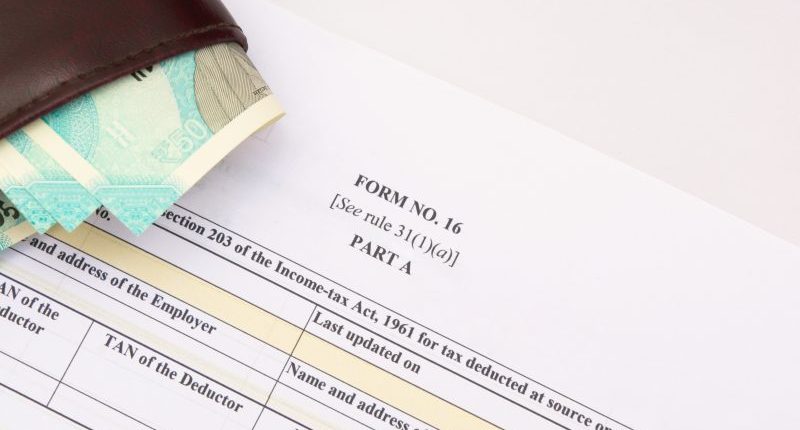The new Income Tax Return (ITR) forms for AY 2019-20 have been recently notified by the Income Tax Department (ITD). Some of the changes in the form has been done according to the Budget 2018 amendments for FY 2018-19 onwards.
The taxpayers have to be careful in filing tax returns for the AY 2019-20 and adhere to all the changes made in the ITR forms.
Here are some of the major amendments made in ITR-1 and ITR-2 that taxpayers should be aware of:
- Mandatory online filing of ITR:
All the taxpayers, except for super senior citizens (80 years and above), will be required to file their ITRs electronically for the AY 2019-20. A taxpayer with income less than Rs 5 lakh with no refund will not be able to file their ITR in paper format.
Previously, super senior citizens and individuals having income less than Rs 5 lakh with no refund were allowed to file ITR in paper format. However, only super senior citizens can now file ITR-1 or ITR-4 in paper form and others will have to e-file their returns for FY 2018-19.
- Complete details of the property buyer:
If a taxpayer has sold a property in FY 2018-19, then he will have to provide the details of the property buyer in ITR-2. The buyer details will have to be provided irrespective of whether the capital gains earned are long-term or short-term in nature. The details of the buyer will have to be provided if TDS is deducted by the buyer while making a payment.
If the sale value exceeds Rs 50 lakh, then it is mandatory to deduct TDS. However, if the sale proceeds are more than Rs 10 lakh but less than Rs 50 lakh, then the PAN of the buyer will have to be compulsorily quoted while filing ITR this year.
- Property wise details of rent arrears:
If any taxpayer has received any rent arrears in the FY 2018-19, then he will have to report the property wise income received while filing ITR-1 or ITR-2 as applicable.
An additional field ‘Arrears/unrealised rent received during the year less 30%’ has been introduced in the ITR-1 & ITR-2. This row was not available in the previous year’s ITR forms.
- Specifying the type of house property:
A taxpayer is required to specify the type of house property as self-occupied, let out, or deemed to be let out in ITR-1 for the FY 2018-19. The option of ‘Deemed to be let-out’ was not available in the previous year’s ITR-1.
- Details of investment in unlisted companies:
Individuals holding shares in an unlisted company will be required to disclose the details of such holding in the new ITR-2. Information like the company’s name, its PAN, number of shares, face value, or date of purchase has to be disclosed in the ITR-2 this year.
- Reporting of salary details in sync with Form 16:
The taxpayers will have to provide the details of their salary income in sync with the information available in their Form 16. This synchronisation will make reporting of salary income much easier in the ITR-1 for the FY 2018-19.
- Details of residential status:
In the new ITR-2 form, the individuals will not only have to specify the residential status as a resident, resident but not ordinarily resident, or non-resident, but also provide additional information such as the number of days of stay in India, jurisdiction of his residence, and tax identification number in case he is a non-resident.
I am an aspiring Chartered Accountant. I spend most of my free time dredging through the various Indian finance subreddits. I am a semi-professional bowler with a high strike rate every time there is a new tax reform!





